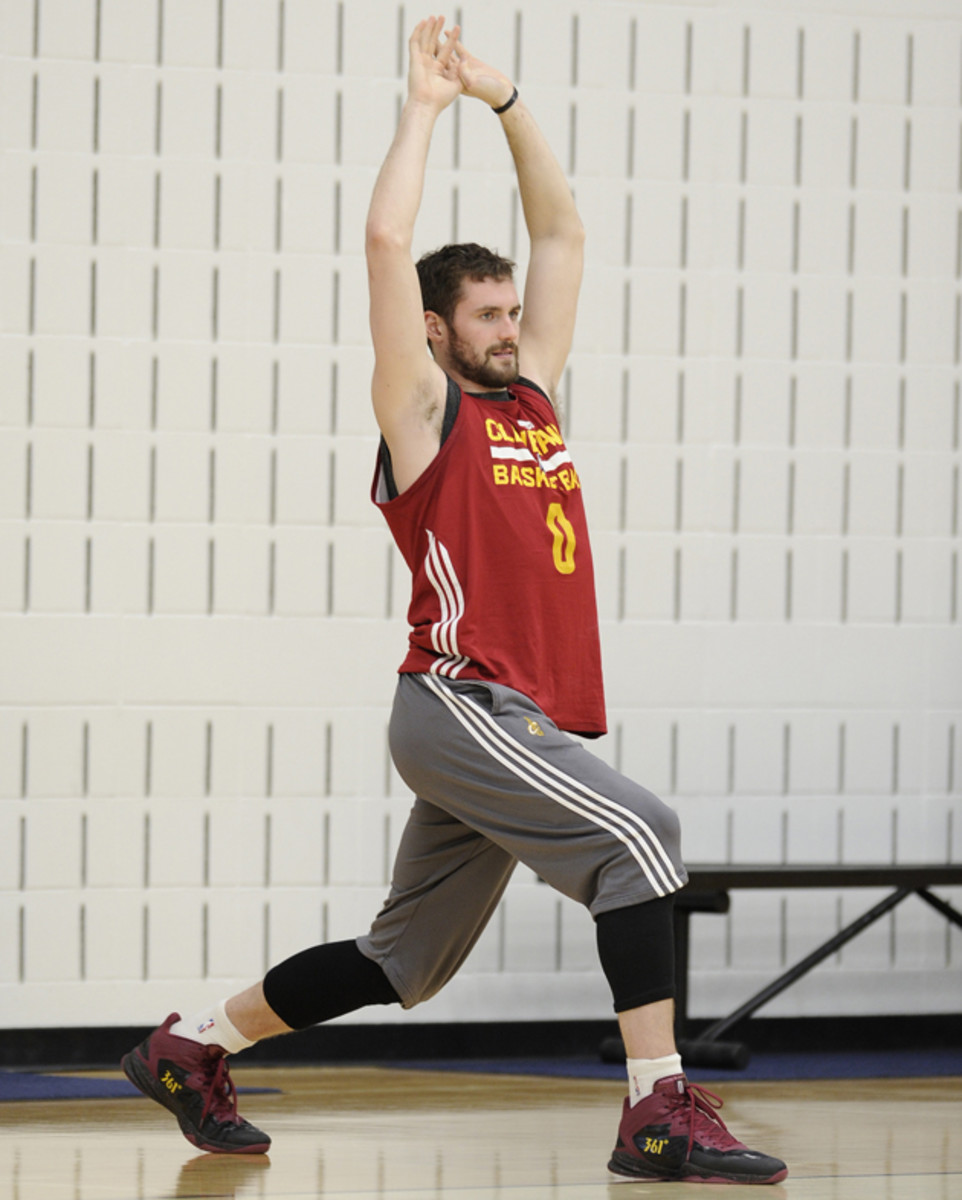Read and Recover: An athletes guide to Achilles tendon injuries

This is the fifth in a series of sports medicine articles from the world-renowned Rothman Institute. Series Editors are Rothman doctors Richard H. Rothman MD, and John A. Anderson MD.
The Achilles tendon is the largest and strongest tendon in the human body, and when it ruptures it can be disastrous. During sports stresses across the Achilles tendon can reach 10 times body weight and even the fittest individuals can rupture their tendons.
Nearly 70% of all Achilles tendon ruptures occur during sports, with nearly half of these occurring while playing basketball. Although the pro athletes (like Kobe Bryant) occasionally rupture their Achilles, most of these injuries occur in weekend warriors in their mid-forties.
Men are more susceptible to Achilles injuries and they occur most often during the spring and summer months. There are many known risk factors for rupturing an Achilles tendon, including high arches, an O blood type and certain antibiotics, but most of these injuries happen as a result of tendon overuse. As we get older our tendons become less pliable and get tighter. Without proper stretching, there is a greater risk of the tendon rupturing.
Science of nap time: Seeking an edge in the most basic of all human needs
When the rupture occurs, it feels like being hit, kicked or shot in the back of the ankle. Sometimes, those near the injured person have reported hearing the “pop” as the tendon snaps. The injured athlete is usually able to hobble and walk on the leg after the injury, but has no power to push off. Unfortunately these injuries are often missed or diagnosed as sprains, potentially resulting in long-term dysfunction. The diagnosis can usually be made clinically—often just by hearing the history of feeling like being kicked or shot—and in most cases an MRI is not needed.
The best way to try and prevent an Achilles tear is stretching. This should be done throughout the year. It is preferable to stretch multiple times a day, particularly if you have a history of Achilles tendonitis or a tight Achilles tendon. These exercises involve stretching the gastrocnemius and soleus muscles, which make up the calf. They conjoin to form the Achilles tendon at the ankle.
A simple 5-10 minute stretching program a few times a day is advised. When stretching, you should slowly stretch the calf until you feel a noticeable pull in your muscle, but not pain. Do a slow progressive stretch, but never bounce during stretching. Besides a daily routine, it is very important to stretch and warm up your muscles before you play, and re-stretch if you take a break and your muscles cool down. Additionally, at the beginning of the season, slowly increase your training intensity by 10% per week. Don’t abruptly increase your activity as this could increase the likelihood of rupture. It is also advisable to cross train, alternating high impact sports, with lower impact activities such as biking or swimming. Finally, always be sure to utilize the appropriate shoe ware, with well-fitting supportive shoes, preferably with a cushioned heel.

Once the tendon ruptures, it is usually never back to 100% again. Even in professional sports, 36% of NFL or NBA players sustaining an Achilles tendon rupture never return to pro sports, and those who do usually take about a year before they are playing competitively. Additionally, players who do return typically have a decrease in their power of about 50% and only play for an average of 3-4 more seasons. These injuries also seem to be on the rise, with more than 16 NFL players rupturing their Achilles tendons in the 2014 season.
Once a diagnosis is made, treatment options include surgery or bracing and rehabilitation. While non-surgical management has gained in popularity in Europe, numerous studies have demonstrated a significantly higher risk of re-rupturing with this treatment, and most high performance athletes opt for surgical repair. Surgery involves a specific suture technique, utilizing high tensile strength non-absorbing suture material to tie the ends of the tendon together.
Working with a qualified therapist of trainer is invaluable in recovery. This has allowed players such as Dominique Wilkins to maintain his string of seven consecutive NBA All-Star appearances after his injury in 1992. Other athletes have not been so lucky with the injury essentially ending their careers, and even Kobe Bryant could only play six games in his first season back after his injury.
Recent athletes who have suffered Achilles injuries include Wesley Matthews of the Portland Trail Blazers, Robert Mathis of the Indianapolis Colts, Mike Fisher of the Nashville Predators and Mark Mulder of the L.A. Angels.
Achilles injuries can be devastating, but with proper stretching they can be prevented, and if they do occur they are now very treatable.
Steven M. Raikin MD is one of the world’s most prominent foot and ankle surgeons. He is the Director of Foot and Ankle Services at the Rothman Institute, Professor of Orthopaedics at Thomas Jefferson Medical College, and Consultant to all four Philadelphia Pro Teams (the Eagles/ Flyers/ 76ers and Phillies).
